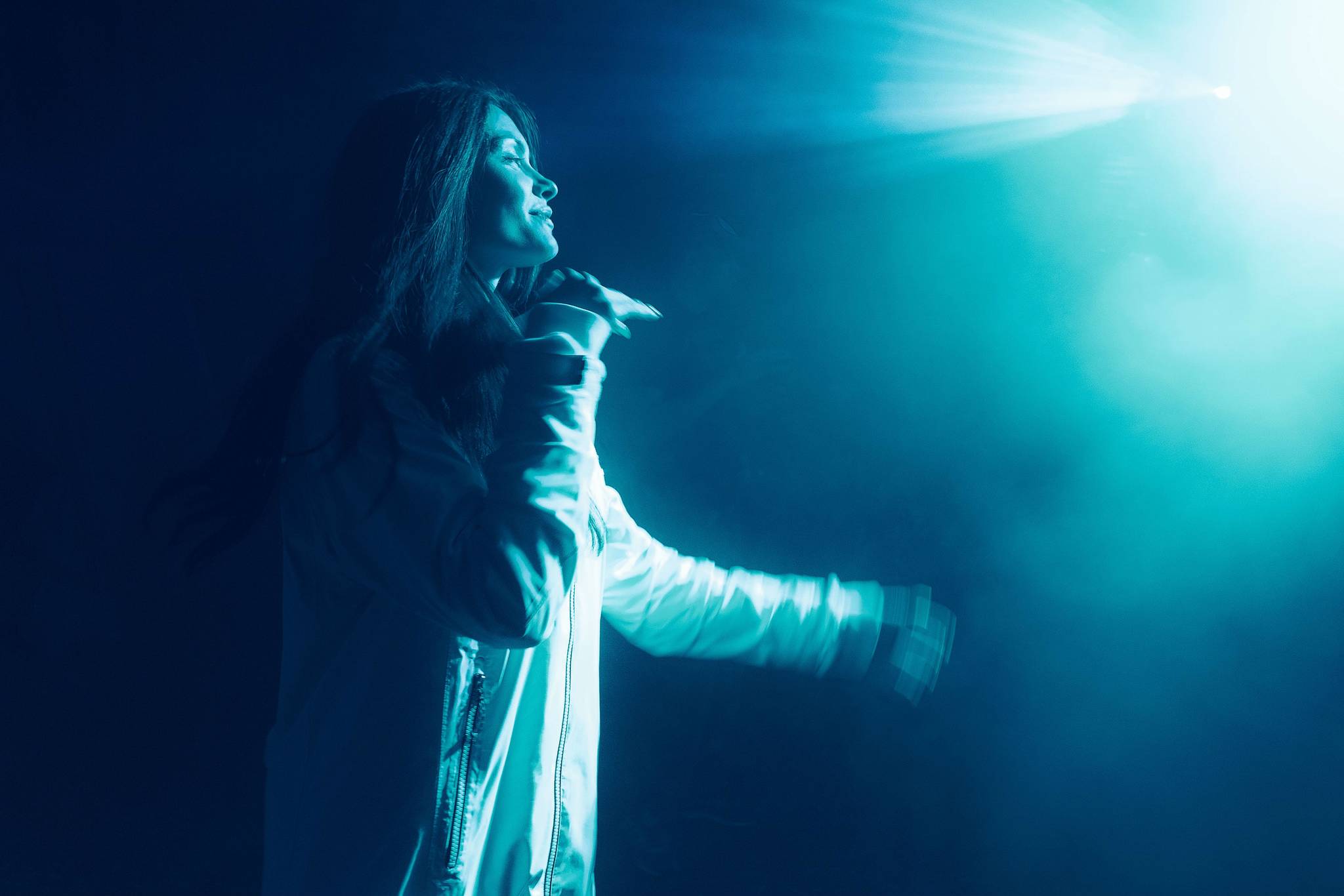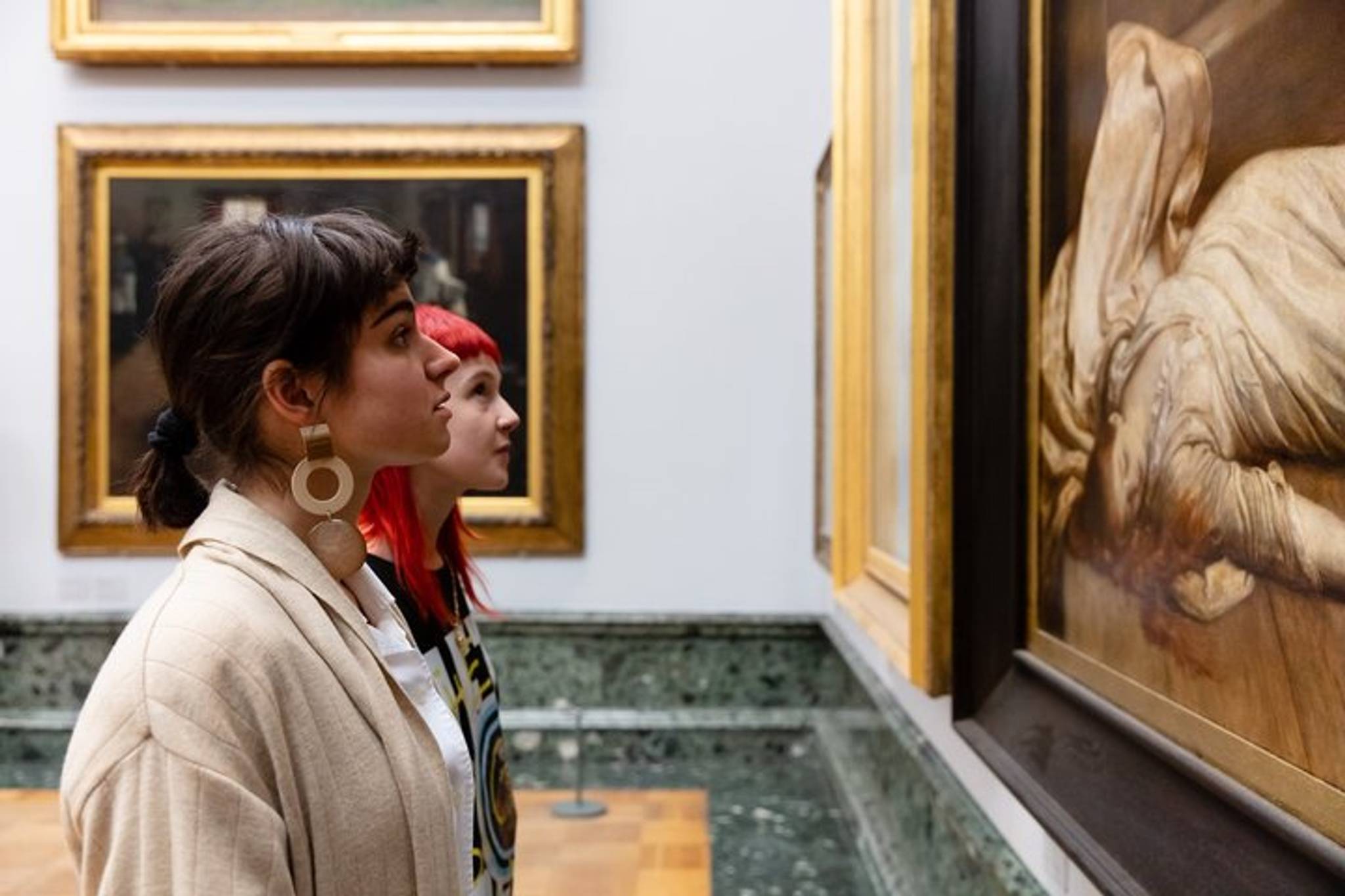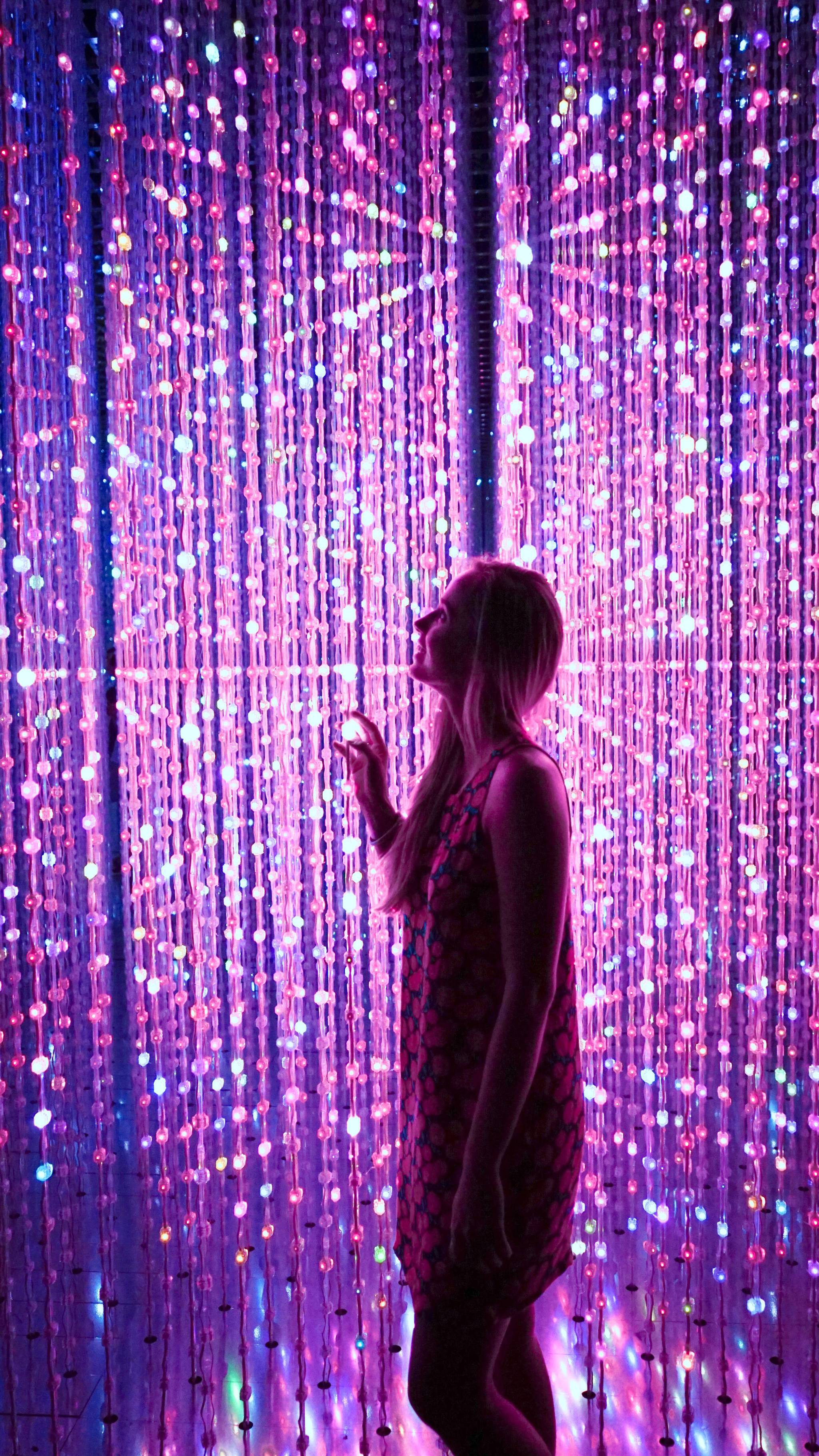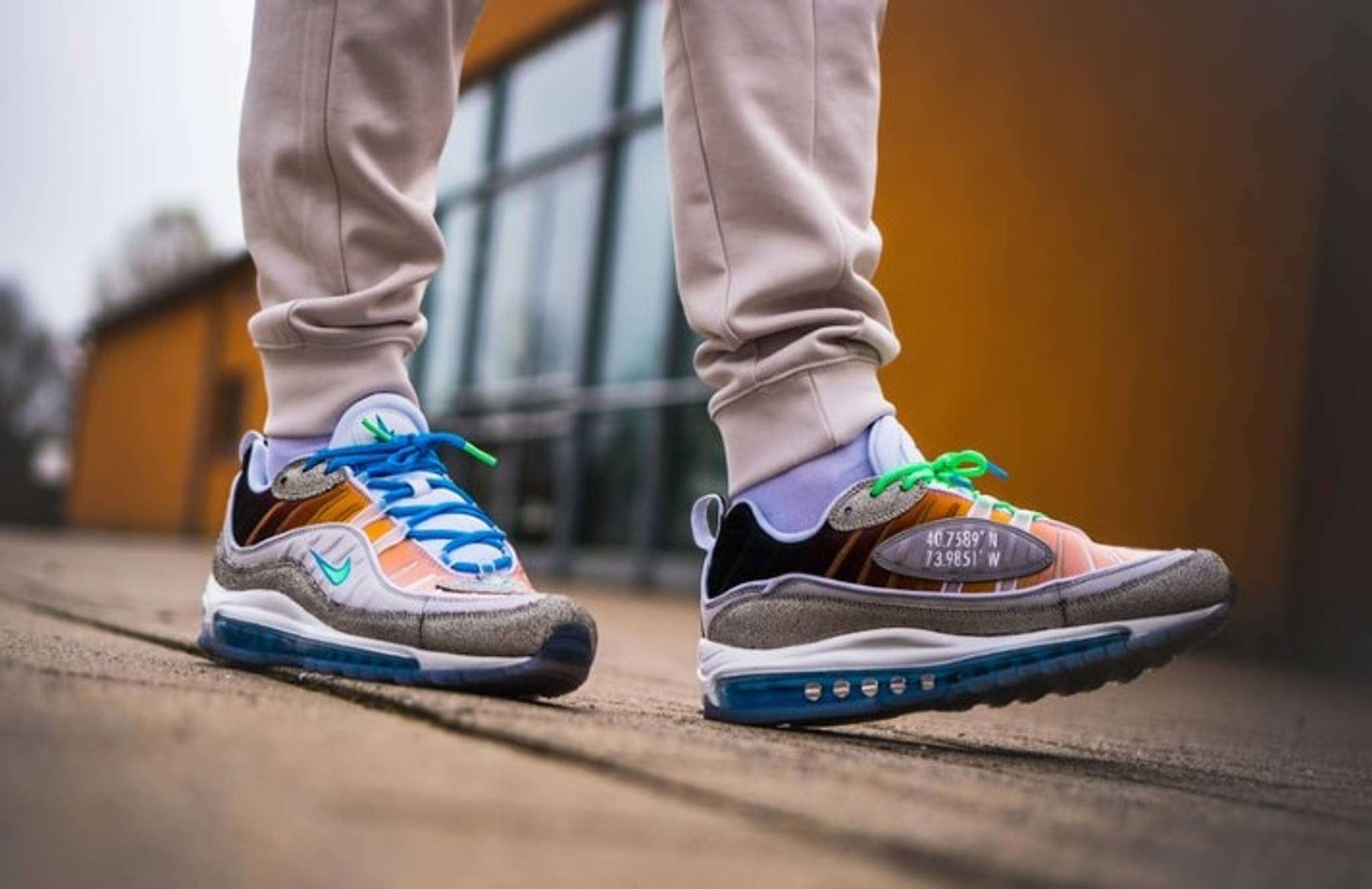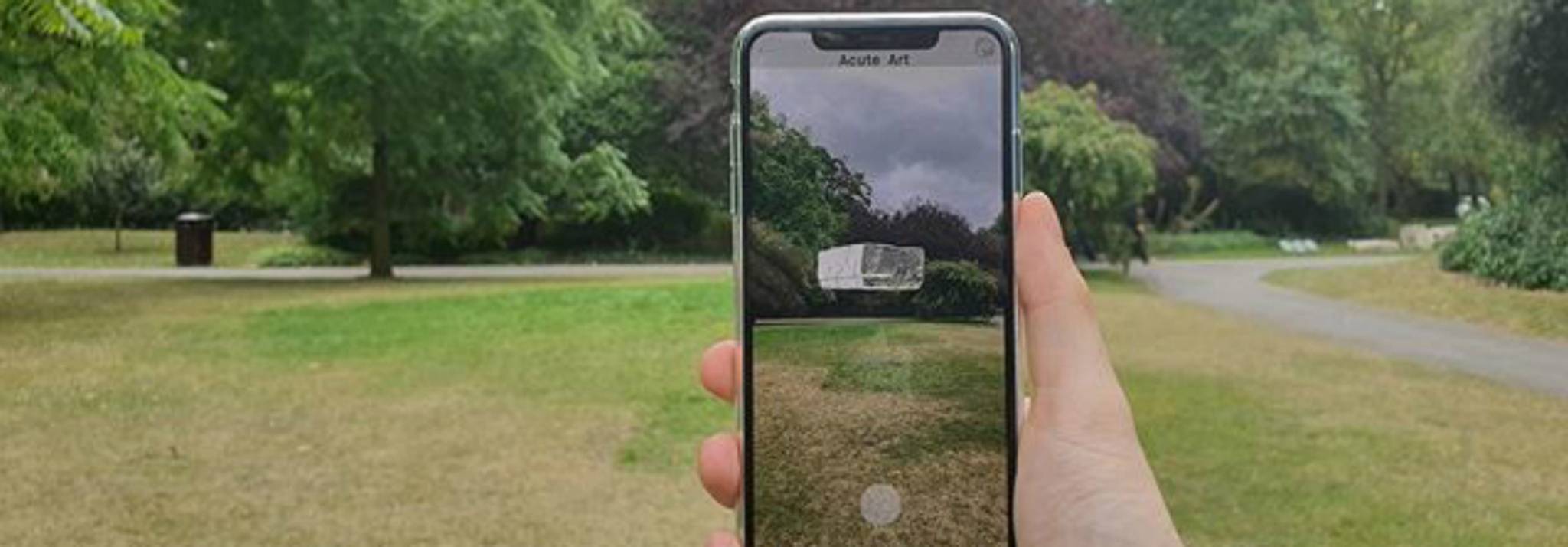
COVID-19 lockdowns have seen exhibitions around the world go digital to increase accessibility to art lovers who can’t travel to venues. Responding to this is Acute Art, an art production firm that uses VR and AR to display works in spaces that aren’t confined to studios, galleries, or museums. We explore the insights behind this and how cultural consumption is adapting in the age of COVID-19.
With many major galleries shut due to the COVID-19 pandemic, art consumption has been forced to take on new forms, with Acute Art providing a virtual means to enjoy the works of high-profile artists. For example, Christo and Jeanne-Claude’s ‘The London Mastaba’, which was installed on top Hyde Park’s Serpentine Lake in 2018, was replicated on the app for users visiting the park. Users have also been given the chance to experience Olafur Eliasson’s ‘Wunderkammer’ exhibition from their homes, exploring sculptures of animals, objects, and weather phenomena through AR. “The democratising power of new immersive media will bring Christo and Jeanne-Claude’s unique artistic vision to wide and diverse audiences across the globe,” says Daniel Birnbaum, the artistic director at Acute Art.

Although lockdown has forced numerous cultural venues to close temporarily, digital channels have boosted accessibility for those who don’t live in major cities and are unable to visit their favourite cultural institutions. What’s more, virtual exhibitions eliminate cost-related barriers, with many of these digital cultural events being free of charge or low-cost.
In the UK, it appears that digital offerings are also raising the value of arts and culture in people’s minds with a survey finding that 29% of Britons aged 18-24 and 23% of those aged 25-49 would be willing to pay more to attend cultural events like theatre shows and gigs post-pandemic. As venues and the art industry face continued uncertainty, VR and AR can play a pivotal role in keeping institutions alive and people engaged.
Luana Sambell is a behavioural analyst at Canvas8. She holds a master's degree in consumer behaviour and is passionate about cultural trends and the latest happenings in retail. Outside of work, you can find her exploring different cultures through food or catching live music whenever possible.
